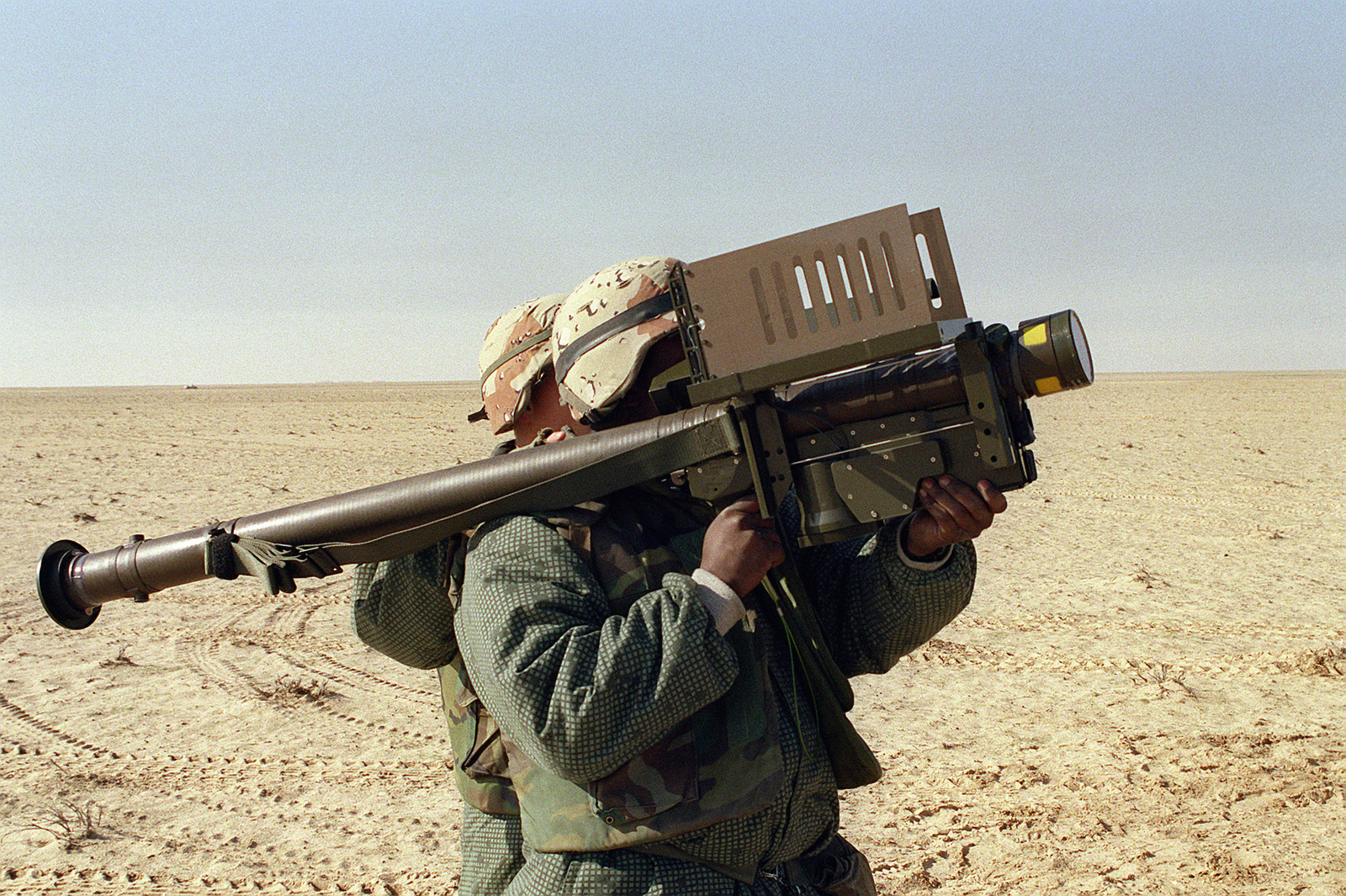Raytheon has won a new more than $320-million contract from the US Army to manufacture more Stinger ground-to-air missiles, the Defense Department announced.
“Raytheon Company [of] Tucson, Arizona was awarded a $320,667,721 firm-fixed-price contract for Stinger missile production,” the Defense Department said in a press release on Monday.
The missiles will be delivered over the next five years with an estimated completion date of June 30, 2026, the Defense Department said.
The FIM-92 Stinger is a man-portable air-defense system (MANPADS) that operates as an infrared homing surface-to-air missile and can be fired from a wide variety of ground vehicles and helicopters.
The Stinger was developed in the United States and first entered service in 1981. So far, 70,000 such missiles have been produced and they are used by the US armed forces and by the militaries of 29 other countries.
The FIM-92 Stinger is a Man-Portable Air Defense System or simply a shoulder-fired anti-air missile used as a VSHORAD (Very Short Range Air Defense) system that was most effectively used by the Taliban against the former USSR.

Such VSHORAD systems have an edge in mobility and versatility and can be deployed at critical points against enemy attack aircraft – including fixed-wing and rotorcraft.
The Man-Portable VSHORAD systems can be devastating for the enemy. It can be adapted to be fired from various ground-based assets and aircraft too, and its air-to-air version (AIM-92 Stinger) also exists.
Examples include the AN/TWQ-1 Avenger, which is a mobile air defense system used by the US Army and Marine Corps. While the system is poised to be replaced by a newer generation Stryker platform armed with Air Defense capabilities (IM-SHORADS), it will also sport Stinger missiles.
Its air-launched variant, the AIM-92 Stinger, also made global headlines when used by an MQ-1 Predator drone against an Iraqi MiG-25, during the first-ever aerial battle involving a fighter jet UAV. However, the missile failed to hit the Foxbat.
The Stingers achieved most success during the Soviet-Afghan War and is considered one of the defining factors for the downfall of the USSR. Its influence can be explained by the fact that the mention of Afghan Mujahideen using Stingers is found in almost every document or movie featuring the Afghan war.
According to the 1993 US Air Defense Artillery Year book, the Afghan Mujahideen downed approximately 269 total aircraft in about 340 engagements, a 79-percent kill rate. This translates to the missiles being responsible for over half of the 451 Soviet aircraft losses in Afghanistan.
It has been used in all the major conflicts fought since its induction, and the US took the opportunity to supply these systems to its supportive militias in several countries. The Stingers are still in service with about 29-30 countries, officially.
Read More




